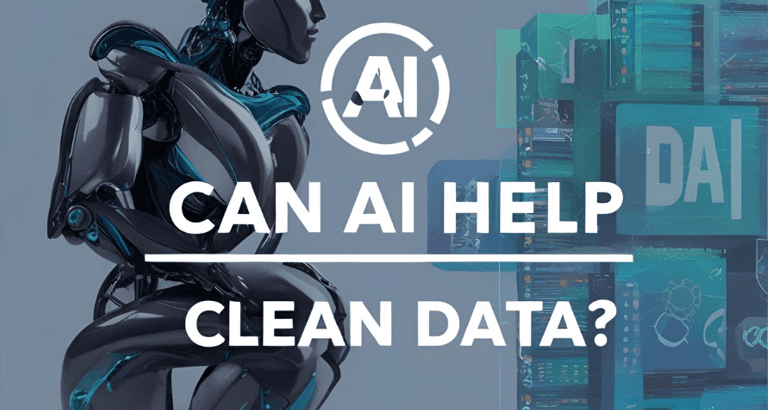Tech Tips
Do I need to Migrate my Azure BI solution to Microsoft Fabric?
How do you decide if you should migrate to Microsoft Fabric? Microsoft Fabric is 1 year old and there is a lot of hype around it. Datalake, Data Warehouse, Data Analytics, BI, AI all integrated into one place - sounds like the perfect dream. But is it is


How do you decide if you should migrate to Microsoft Fabric?
Microsoft Fabric is 1 year old and there is a lot of hype around it. Datalake, Data Warehouse, Data Analytics, BI, AI all integrated into one place - sounds like the perfect dream. But is it is it the right move for you?
A question that is impossible to answer without some consultation, investigation and discussion.
With so many variations on how a Microsoft based BI solution may look, and a vast array of data sources that data is being extracted from to provide a 360 view of business activity there are most definitely going to be some situations where migrating an existing Azure based BI solution is not going to be right for you. The platform is still evolving, functionality is not like for like and the migration process itself is not yet seamless and automated.
Licensing consolidation and cost savings might look attractive at first glance, but don't underestimate the development costs that may go hand in hand with migrating an established BI solution to a Fabric solution.
We have been working with a number of clients during Microsoft Fabric's first year to migrate them from Azure SQL and Azure Synapse based solutions to Microsoft Fabric solutions and, whilst it has been fun, it has not been without its challenges!
Here are a few of the hurdles we faced and found ways to overcome:
Not all data source connectivity natively supported in Microsoft Fabric
Performance issues with dataflows exceeding available resource
Performance issues with some SQL statements exceeding available resource
Resource throttling delaying and preventing data loads
SQL end point synchronisation issues resulting in missing data
Differences in SQL language requiring SQL and stored procedure rewrites
Data type differences causing load failures
Challenges with monitoring pipelines and troubleshooting failed pipelines
Platform service updates causing inconsistencies in performance and functionality
No automated way of migrating objects such as ADF pipelines to Microsoft Fabric pipelines
The list goes on. Migrating an existing solution to Microsoft Fabric is far more challenging than developing a new Microsoft Fabric solution. Fortunately our team of consultants enjoy challenges and have found a way to overcome all of these challenges and more to successfully migrate client solutions.
The pain is worth it!
If you need help determining if you should migrate to Microsoft Fabric, or would like help identifying what challenges you might face should you undertake a Fabric migration project then do get in touch with us and let us use our experience to help you. We can talk you through our Microsoft Fabric Migration consultancy service and how we can make your transition to Microsoft Fabric less painful.
Give us a call on 0118 979 4000 or email us at info@ptr.co.uk. Or register your interest for a free Fabric Migration consultation.
Share This Post
Mandy Doward
Managing Director
PTR’s owner and Managing Director is a Microsoft MCSE certified Business Intelligence (BI) Consultant, with over 30 years of experience working with data analytics and BI.
Frequently Asked Questions
Couldn’t find the answer you were looking for? Feel free to reach out to us! Our team of experts is here to help.
Contact Us


